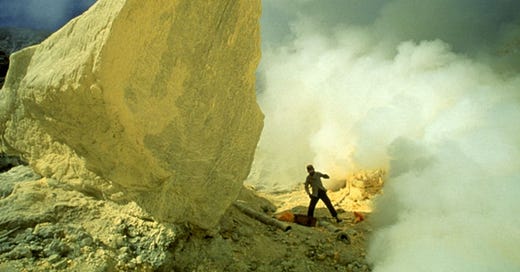“Nymphs! you disjoin, unite, condense, expand,
And give new wonders to the chemist’s hand;
On tepid clouds the rising steam aspire,
Or fix in sulphur all its solid fire;
Erasmus Darwin The Botanic Garden “The Economy of Vegetation”: Canto I
I’ve been reading Phillip Ball’s Bright Earth: The Invention of Colour (2001). I was introduced to his thinking thr…
Keep reading with a 7-day free trial
Subscribe to The Colour | Newsletter | Lab | Community to keep reading this post and get 7 days of free access to the full post archives.




